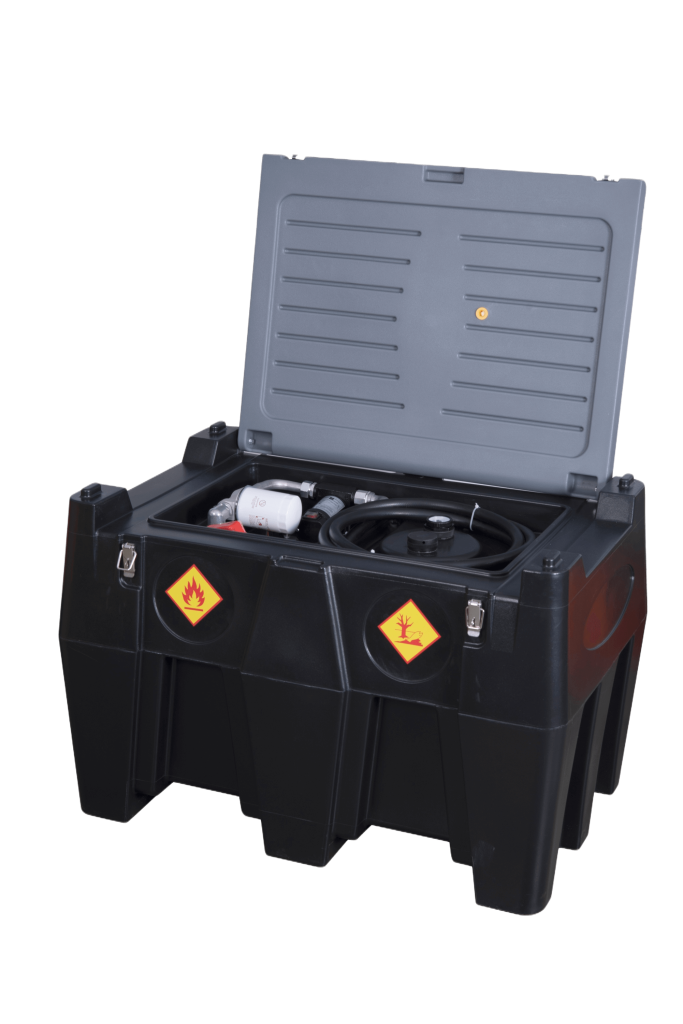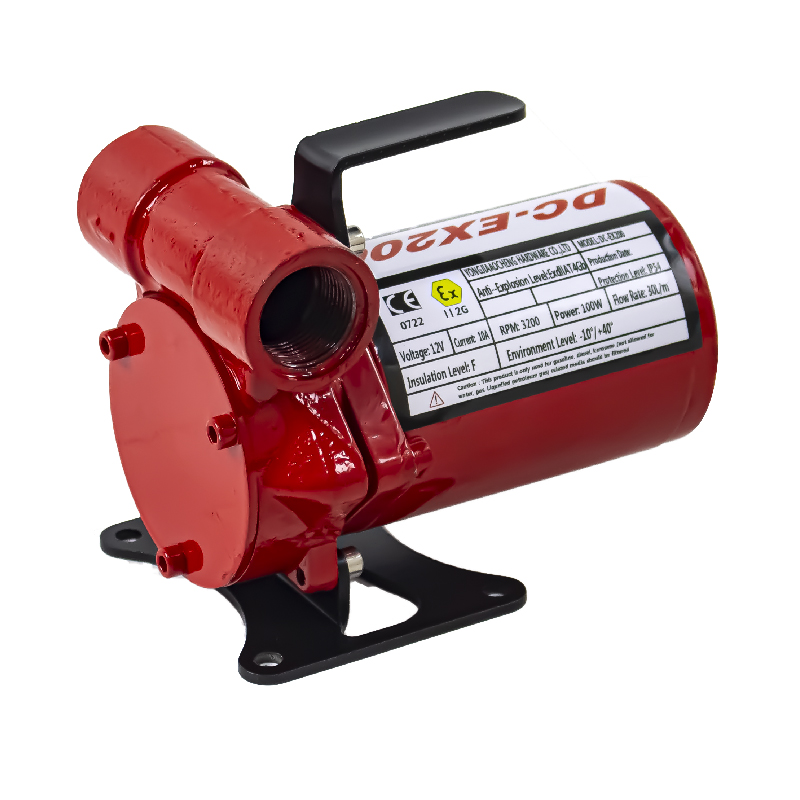A gas holder, also known as a gasometer, is a large container that stores gas for various purposes. Gasholders can be used to store natural gas, biogas, hydrogen, or other types of gas. Gas holders are usually cylindrical or spherical in shape and have a movable lid that rises and falls according to the pressure […]
A gas holder, also known as a gasometer, is a large container that stores gas for various purposes. Gasholders can be used to store natural gas, biogas, hydrogen, or other types of gas. Gas holders are usually cylindrical or spherical in shape and have a movable lid that rises and falls according to the pressure and volume of the gas inside. Gas holders are often seen as industrial landmarks, especially in the UK, where they were widely used during the 19th and 20th centuries.
Some possible synonyms for gas holder are:
This term is derived from the French word “gazomètre,” which was coined by the inventor Jacques Charles in 1785. A gasometer is a device that measures the volume of gas produced or consumed. However, this term is also commonly used to refer to gas holders, especially in Europe.
This term is a contraction of gas holder and is mainly used in British English. A gasholder is a gas holder that stores coal gas, which was produced from coal and used for lighting, heating, and cooking before the advent of natural gas.

This term is a generic name for any container that holds gas, whether it is a gas holder, a fuel tank, a propane tank, or a balloon. A gas tank can be made of metal, plastic, rubber, or other materials. A gas tank is usually smaller and more portable than a gas holder.

The most well-recognized and often-used term for the fuel dispenser is “fuel dispenser.” This industry-standard word encapsulates the primary function of the equipment, which is to distribute different kinds of liquid fuels, such as gasoline, kerosene, diesel, and oil. Across the world, fuel dispensers are a ubiquitous sight at gas stations and other filling stations, ensuring a controlled and efficient flow of energy supplies.
“Gas pump” is the most often used expression in North America. This abbreviated word focuses on the primary fuel that these apparatuses dispense: gasoline, or just “gas.” Though slang, it’s now the recognized phrase for gas dispensers in the US and Canada.
A more fitting and all-encompassing moniker for the apparatus would be “fueling station machine.” This expression acknowledges the machine’s broader importance within the filling station setting, as it serves purposes beyond its primary duty of delivering fuel, such as providing access to alternative energy sources.
A better way to characterize the apparatus would be as a “liquid energy distributor.” The statement highlights the machine’s ability to disperse a broad range of liquid fuels and the many types of liquid energy that it can disseminate.
With the gasoline exchanged for cash, one may more accurately refer to the gadget as a “fuel vending machine” in a more transactional sense. This expression highlights the unique features of gasoline dispensing and makes analogies to traditional vending machines.

Using the term “petroleum pump” might highlight where the fuels are coming from. Diesel, gasoline, and other comparable products fall within the wide category of fuels derived from petroleum, which is the subject of this term.
A more inclusive term to use would be “energy dispenser.” This description acknowledges the expanding array of renewable and alternative energy sources that certain modern energy equipment fuel dispensers may employ in addition to liquid fuels.
In the current age of technological advancements, the term “automated fuel terminal” could have some use, particularly with automated and intelligent fuel dispensers. This phrase highlights the main function of the machine in addition to its great degree of technological intricacy.
“Liquid fuel station appliance” is one of those technical words that one may use if they feel more at ease doing so. This phrase encapsulates the intricate role of the device as an essential instrument for dispensing liquid fuels at a petrol station.
The many names given to the apparatus that distributes liquid fuels reflect variations in geography, specific fuel types, and evolving technological improvements. The nomenclature pertaining to fuel machines is extensive and diverse, including terms such as “fuel dispenser” (basic) and more broad ones like “energy dispenser,” along with regional variations like “petrol pump” and “gas pump.” In the dynamic area of energy distribution, the terminology used to describe these devices is always changing to keep up with technical advancements and the expanding spectrum of liquid fuels that may be dispensed.




